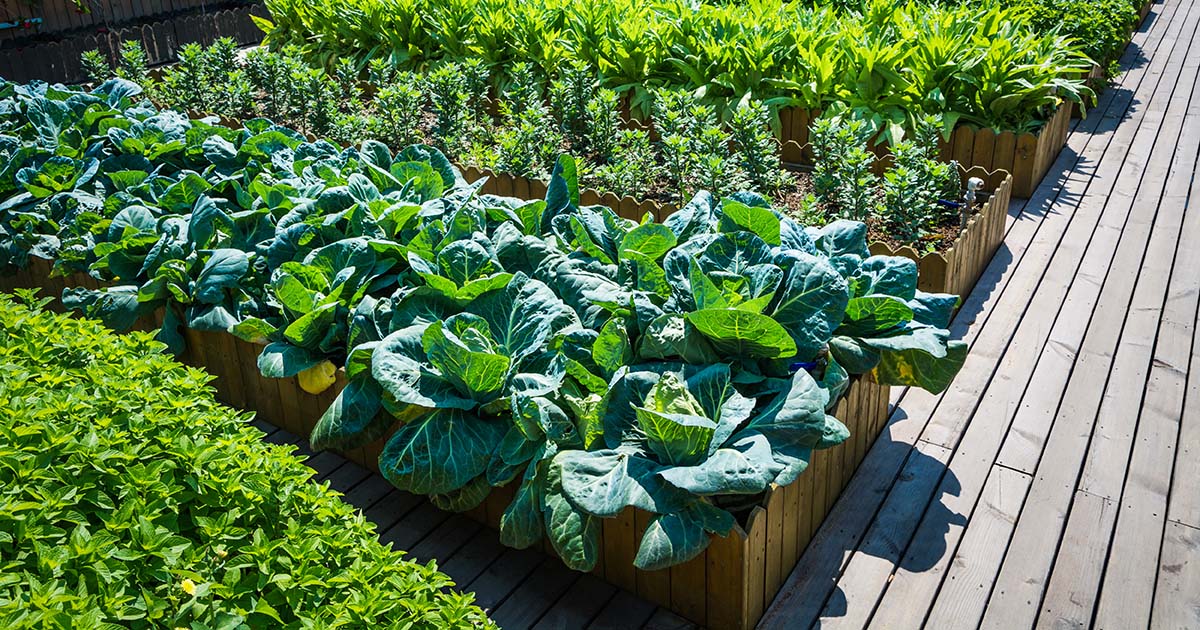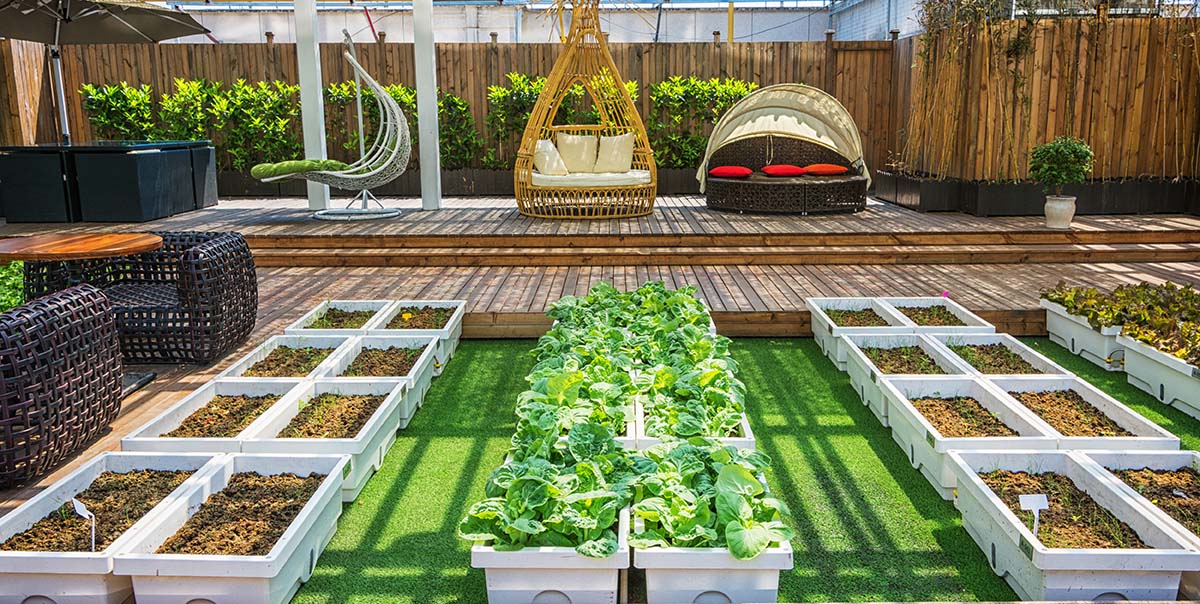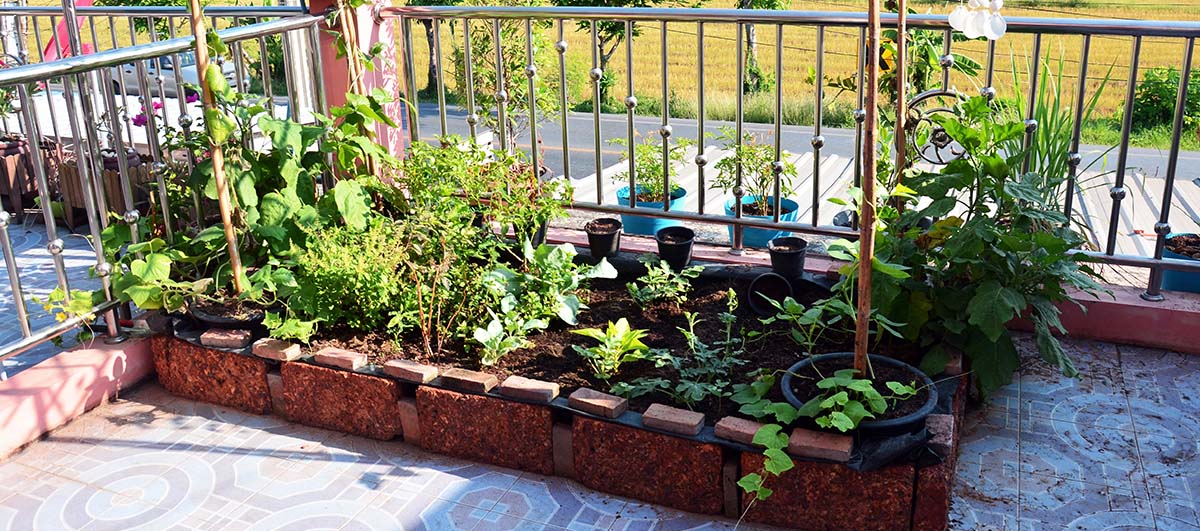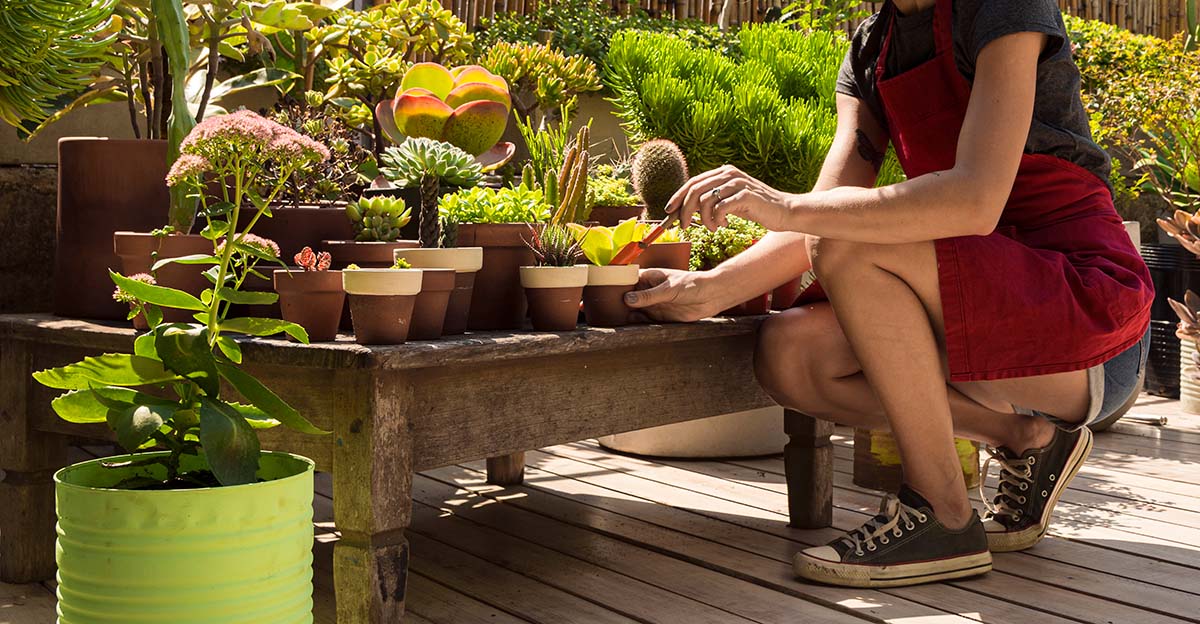
We collect basic website visitor information on this website and store it in cookies. We also utilize Google Analytics to track page view information to assist us in improving our website.
Spring Season starting to book up. Promotions Available for Winter.

As vegetable gardens make a hot come back, raised garden beds or garden boxes are grabbing gardeners’ attention everywhere.
Raised beds are versatile not just in use but also in form, shape, and sizes. They provide convenience for people that spend long hours in their gardens. And building them high off the ground can help save some backache.
Raised beds also keep gardens neat and tidy, taking away the need for plowing rows of veggies and flower beds.
Not only that, raised boxes improve water drainage too, preventing it from stagnating in plant roots. If your garden is made of sandy soil or a heavy clay mixture, raised beds are your answer to putting together the best soil mixture for great plant health.
Because they’re off the ground, raised beds warm up faster so you can start your planting season earlier. That also means you get a longer harvesting season since the bed soil remains warmer longer. It’s also easy to fence in the raised beds, so you can keep your veggies and plants away from surprise garden visitors. Raised beds don’t just keep pests out — they also help manage weeds better.
The diversity of garden boxes allows you to use them even if you don’t have room. You can use compact boxes on a petite patio, deck, or balcony. And if space is an issue, you’re likely looking for creative ways to store your gardening tools, too. Raised garden beds are a great way to address missing storage solutions, helping keep your precious tools always safe but within reach.
Let’s dig into more raised bed options.

The shape your raised bed takes depends on how skilled you are at building something from scratch. If you’re not crafting your own raised beds, you can always investigate buying pre-made ones that best suit your garden capacity.
Aside from traditional rectangular ones, raised beds can also be triangular, square, and round.
And raised beds don’t just have to be installed on the ground, they can also be mounted on walls as planters.
Raised beds are traditionally made of wood, but they can also be made of metal. You must be careful though because the metal coating or chemicals from pressure treated lumber may start to leach into the soil after a while.
If you want a more long-lasting solution, you can also use bricks. These can be used to build the boxes right into your backyard. Choose bricks that will survive well in continually wet conditions. Most brick raised beds are built using mortar to keep the walls intact. And bricks come in different colours, so you can pick ones that match the style of your house.
If you’re into gardening, you’re likely to be environmentally sustainable, too. If money isn’t an issue, consider investing in bricks made of reclaimed materials.
Raised beds typically drain and dry faster than regular vegetable beds, requiring more regular watering. But self-watering raised beds are the solution. Install or build a reservoir at the bottom of the bed so plants can irrigate at a slow pace.
Compost is home-grown fertilizer for plants, so integrate a compost bin into the raised beds. This saves you the trouble of installing one separately or spending on bags of fertilizer.

Are you out of gardening space? No worries! Raised beds can be used to grow vegetables, flowers, and other plants in windows or on balconies. Planters mounted on a balcony can be used to grow herbs and even deep-rooted veggies, like spinach and lettuce.
This style makes optimal use of any kind of space. You can stack garden boxes to double the growing space and integrate trellises into the design to provide support for climbers, like beans and cucumbers. You can add as many tiers as you want, but make sure you’re staying at a manageable level.
Tower gardens are a great way not only to save space but also to increase your ability to plant and harvest. You can create a tiered tower with beds that can be placed inside an apartment or on a balcony. If you have outdoor space, you can increase vertical growth space by adding poles on garden beds. The poles can be connected across beds via rope, forming a network for garden vines, like strawberries.
When it comes to innovative ideas for garden beds, galvanized stock tanks are among the top options. If you’ve never done this before, you might need go carefully and take it one step at a time.
Start by selecting a 2x2x6 tank, this gives you ample depth, width, and height. The height makes it convenient for gardeners and the surface area suits growing patterns for a variety of vegetables and fruits.
Most stock tanks will have a removable drain plug, but that may not be enough for a garden bed. You will need to create additional drainage at the bottom of the tank. Once you’ve drilled the holes, approximately 2 inches wide, you need to start filling the tank.
The idea is to emulate a natural land formation: layered. You can begin by laying rocks and stones at the bottom. The next layer can be made up of sticks, twigs, and leaves. The third layer could be another organic material of your choice, like pine shavings. And finally, you can select a super gardening soil mix for a finished stock tank garden bed.
If you’re not interested in making a huge investment to begin with, you can take the raised garden beds idea for a trial by repurposing milk crates. These are easy to set up and can be configured into any design and pattern, so you can innovate. Crates are portable options, so you can move them around if you want them closer to your kitchen or another part of the backyard. And you don’t have to worry about adding drainage to these crates. Changing soil is also easy when it comes to milk crate garden beds. All you need to do is lift the crate, dump the contents in a compost pile, and start again.
If you don’t want to lift and move your raised planting boxes, you can always put them on wheels. A mobile raised bed is useful to accommodate different plant light needs. That way you can move the box as the sun shifts in your backyard.
The coolest aspect of using a pallet as your garden is that it can be used both horizontally and vertically. Pallets, which can be obtained for free or at a nominal price from local businesses, can be used to make a living wall, too. Or you can use this material in a conventional way and lay it flat on the ground for a regular raised bed. The slats in the pallet create natural rows for a variety of vegetables or whatever it is you choose to plant.
Just be careful to check what the pallets were transporting. Sometimes hazardous chemicals can spill and be absorbed into the pallet wood. These chemicals could contaminate your garden and any vegetables you harvest.

Another creative idea you can update every now and then is using old furniture. If you have an old wooden dresser that’s destined for the dump, think again. Convert it into a raised garden bed instead of tossing it out.
Dressers make perfect, tiered beds, or you can lay them on the ground for the traditional design. Remember to drill drainage holes in the drawers, though. Also remember, you may need to waterproof the drawer wood, as it likely won’t be treated for high quantities of moisture.
Other less obvious but creative choices are furniture pieces like media centers, beds, bathtubs, and cribs you’re not using anymore.
If you’re looking for convenience over aesthetic, tires may be a good option. Tires aren’t the prettiest choice, but you can always dress them up later with a coat of paint.
It’s true that rubber may not be safe for growing food since toxic substances can leak into soil over time, but a solution is to use them only for growing ornamental plants and not ones you intent to eat.
If you want to avoid even the slightest possibility of any toxins leaching into the soil, you can go natural with wooden logs. You’d need to get your hands on some chopped tree logs that have an intact bark. Use the logs to mark off the area in which you’d like to create your raised bed.
Keep in mind that wood is an attractive nest for termites, and it rots. But you can always look for wood that’s resistant to both these conditions. Logs are also great if you want to create flower bed boundaries or even mark off pathways.
Make the best use of all your garden space this summer by installing some classy or trendy raised garden beds. Speak with your deck designer at Decks by Premier when sitting down to design your dream custom deck. Now is the time to incorporate some raised beds into your perfect oasis.

